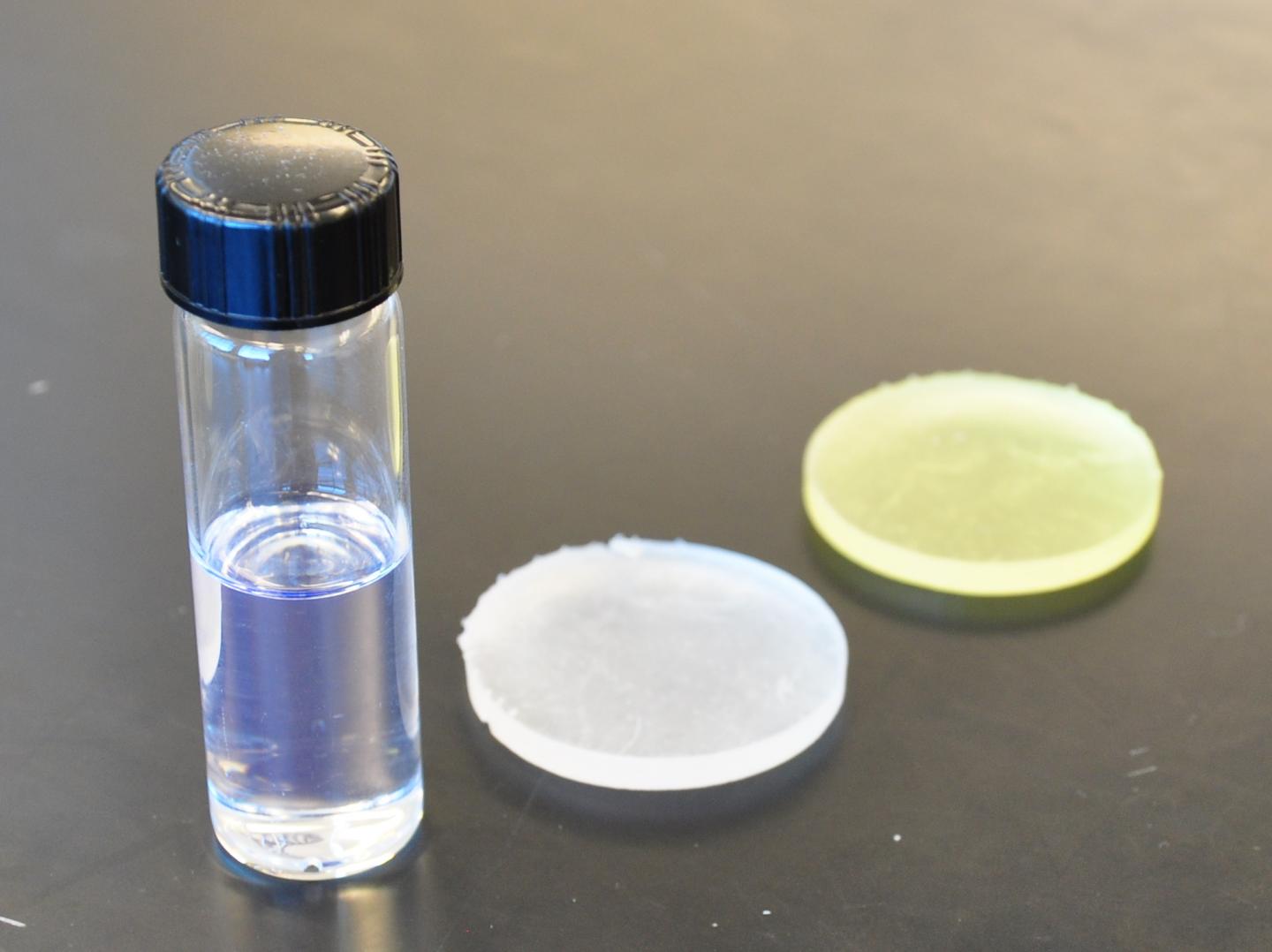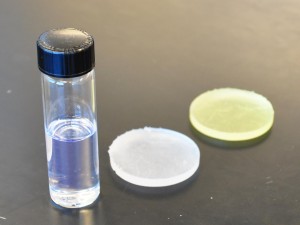3D Printing is not Innocuous for Health


3D printing liquid, object printed with the liquid, and same kind of object after UV exposure. Credit: UCR.
Researchers from the University of California, Riverside have discovered that the material in some 3D printed objects is surprisingly harmful to living things. The finding happened unexpectedly when a team member designed and used 3D printed objects for her research with zebrafish embryos, which died shortly after being in contact with the objects. The study was published in the journal Environmental Science and Technology Letters.
3D printing is the process of superimposing layers of material to create an object of any shape or geometry. 3D-printer robots are computer controlled, and the designs are based on computerized 3D models. More recently, the original definition has broadened to include other 3D manufacturing techniques like extrusion or sintering based processes. The 3D printing industry is growing very rapidly and is expected to reach $16 billion in the next 3 years. Printing prices have dropped dramatically and 3D printers are becoming common at small businesses and even as household appliances. It is now possible to buy a 3D printer for only $200.
3D-printed objects caused abnormalities & decreased survival rates in fish
Shirin Oskui, a graduate student in William Glover´s lab in UC Riverside proposed to use 3D printed tools in her research with zebrafish embryos. The team bought a 3D printer to develop and use the instruments, but Oskui noticed the embryos died after exposure to the printed tools. Based on this, they decided to turn the disaster into a new research direction. The team bought two commercial 3D printers and tested the toxicity of the printed parts in zebrafish embryos. The Dimension Elite printer uses melted plastic, and the Form 1+ stereolithography printer uses liquid resin that solidifies after light exposure. The researchers printed one-inch diameter discs and placed them on Petri dishes together with zebrafish embryos. After measuring survival rates, hatch rates and abnormalities of embryos growing in the presence of either disc, the results confirmed that both devices printed objects that were harmful to the embryos, being the second one the most toxic. Oskui also found a way to reduce the stereolithography printer toxicity, by exposing the objects to UV light for one hour.
The study raises concerns about the regulation of toxic materials, the responsibility of the printer manufacturers in identifying and communicating hazards and the disposal of printed materials. The research team is now working on determining the human toxicity levels of each printing material, individually and when mixed in a completed part.
Source: UCR
